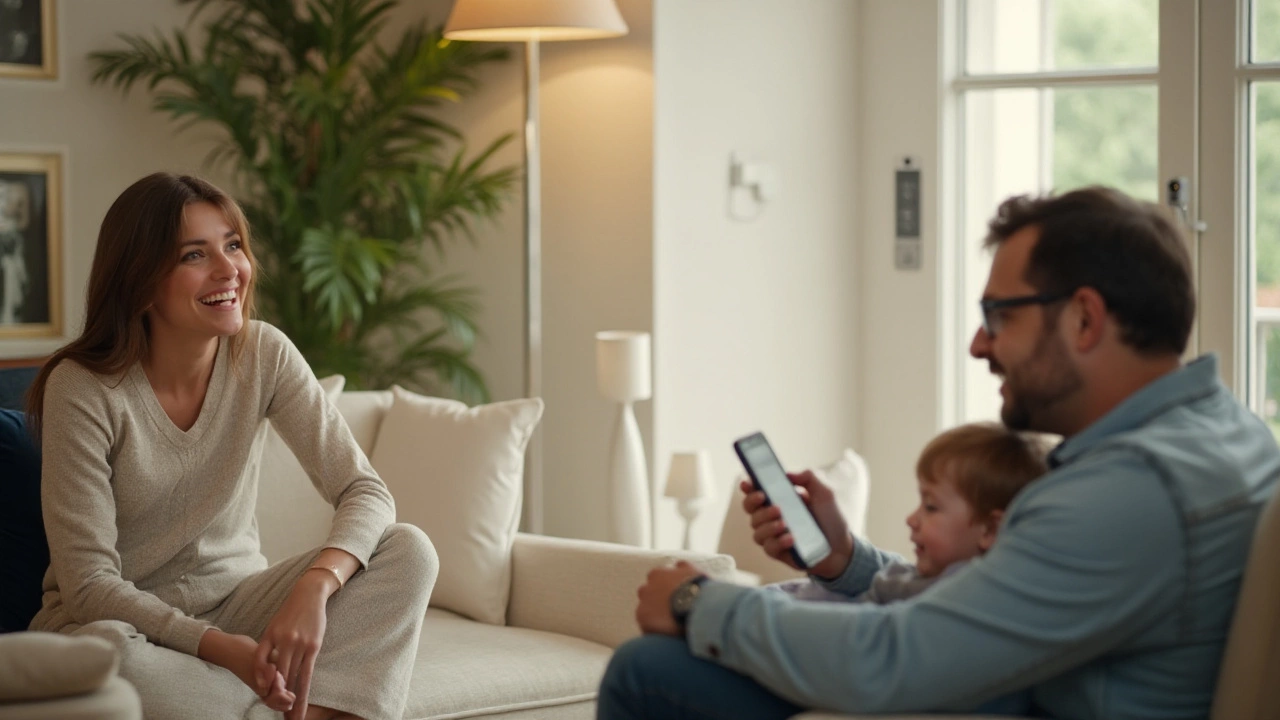When you start looking at cameras, doorbells, and alarm panels, the first thing that pops up is the price tag. It’s easy to feel overwhelmed because every product advertises a different number. The good news is you don’t have to guess – most costs fall into a few clear buckets. Knowing those buckets helps you compare options without getting lost in marketing hype.
Buying the hardware is the biggest upfront hit. A basic wireless camera can run you £50‑£100, while a full‑featured outdoor CCTV kit with night‑vision lenses may cost £300‑£600. Video doorbells sit in the middle, typically £120‑£250 for a good model. Don’t forget the mounting hardware, power adapters, and any wiring you might need – add another £20‑£50. If you hire a professional for installation, expect a labour charge of £80‑£150 per hour, plus a small travel fee.
Most modern systems need a subscription for cloud storage, remote access, or advanced alerts. Plans range from £3‑£10 per month per camera, and many providers bundle multiple devices for a flat rate. Power consumption is another hidden cost: a standard CCTV camera uses about 5‑10 watts, which adds roughly £5‑£10 a year to your electricity bill. Some users offset this by adding solar panels or battery packs, which have their own upfront price but can save on energy in the long run.
If you opt for a DIY setup, you can cut the installation fee but you’ll spend more time on configuration and troubleshooting. Expect to allocate a few evenings for firmware updates, Wi‑Fi tweaks, and testing the field of view. For those who prefer peace of mind, a professional maintenance contract might cost £100‑£200 a year and includes cleaning lenses, firmware upgrades, and on‑call support.
When budgeting, think about future expansion. Adding extra cameras or a new smart lock usually costs less per unit if you already have a hub or an existing subscription. Some brands let you upgrade storage without changing the monthly price, while others require you to move to a higher tier. Always read the fine print before you commit.
Don’t forget legal and insurance considerations. In the UK, installing cameras that face public spaces may need signage, and insurers sometimes offer discounts if you have a monitored system. Those discounts can shave off £50‑£150 from your annual premium, partially offsetting the system cost.
Bottom line: break down the cost into equipment, installation, subscription, power, and optional services. Compare each line item, and you’ll quickly see which setup gives you the most bang for your buck. Whether you’re protecting a flat or a whole property, a clear cost picture makes the decision a lot less stressful.

With the rise of smart home technology, the demand for reliable home monitoring systems is continuously growing. Understanding the costs associated with these systems can help homeowners make informed decisions that suit their security needs and budget. This article delves into various factors affecting the pricing of home monitoring systems, including equipment, installation, and subscription fees. Additionally, readers will discover cost-effective strategies to enhance home security without breaking the bank. By exploring these insights, homeowners can find a balance between advanced technology and practicality.